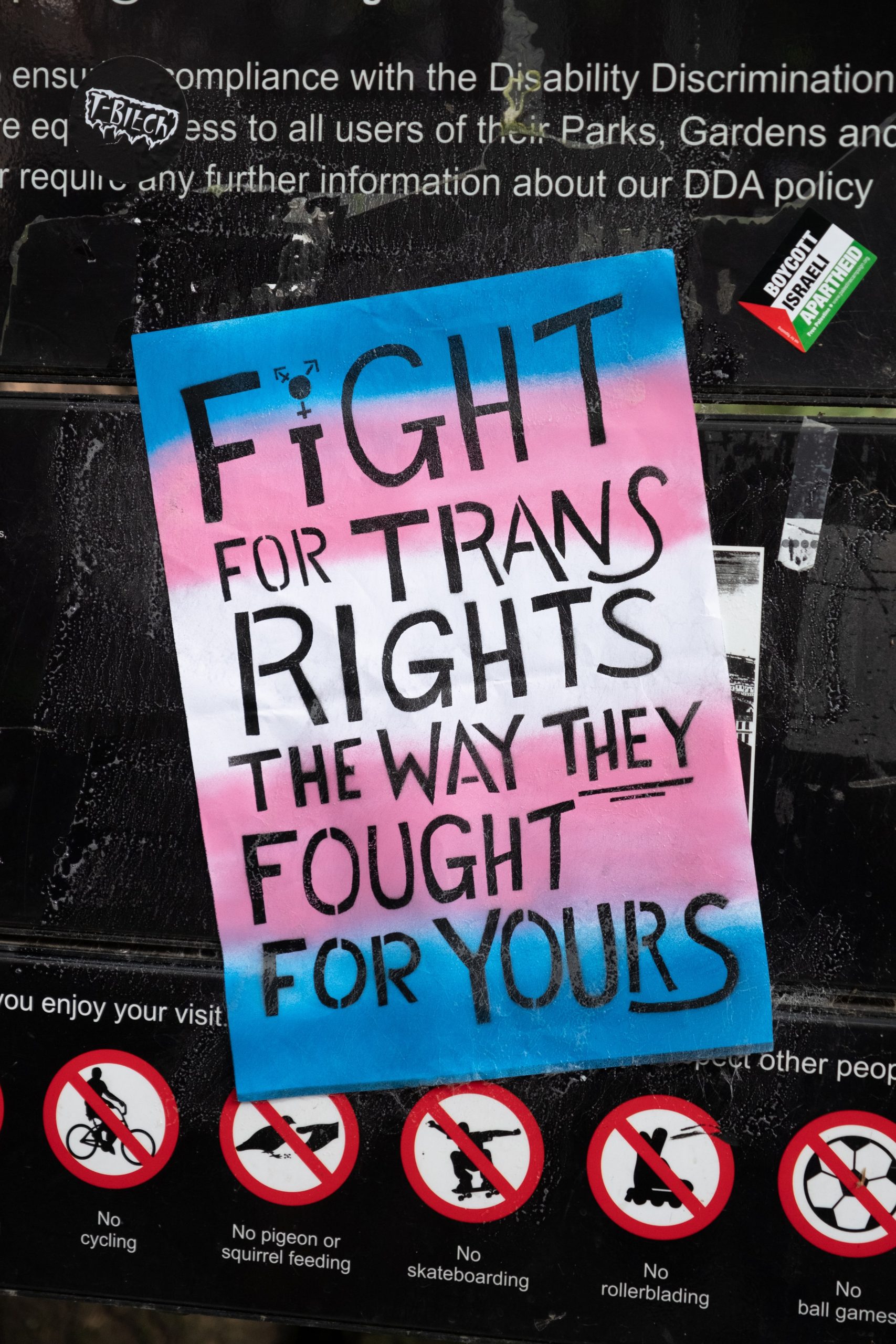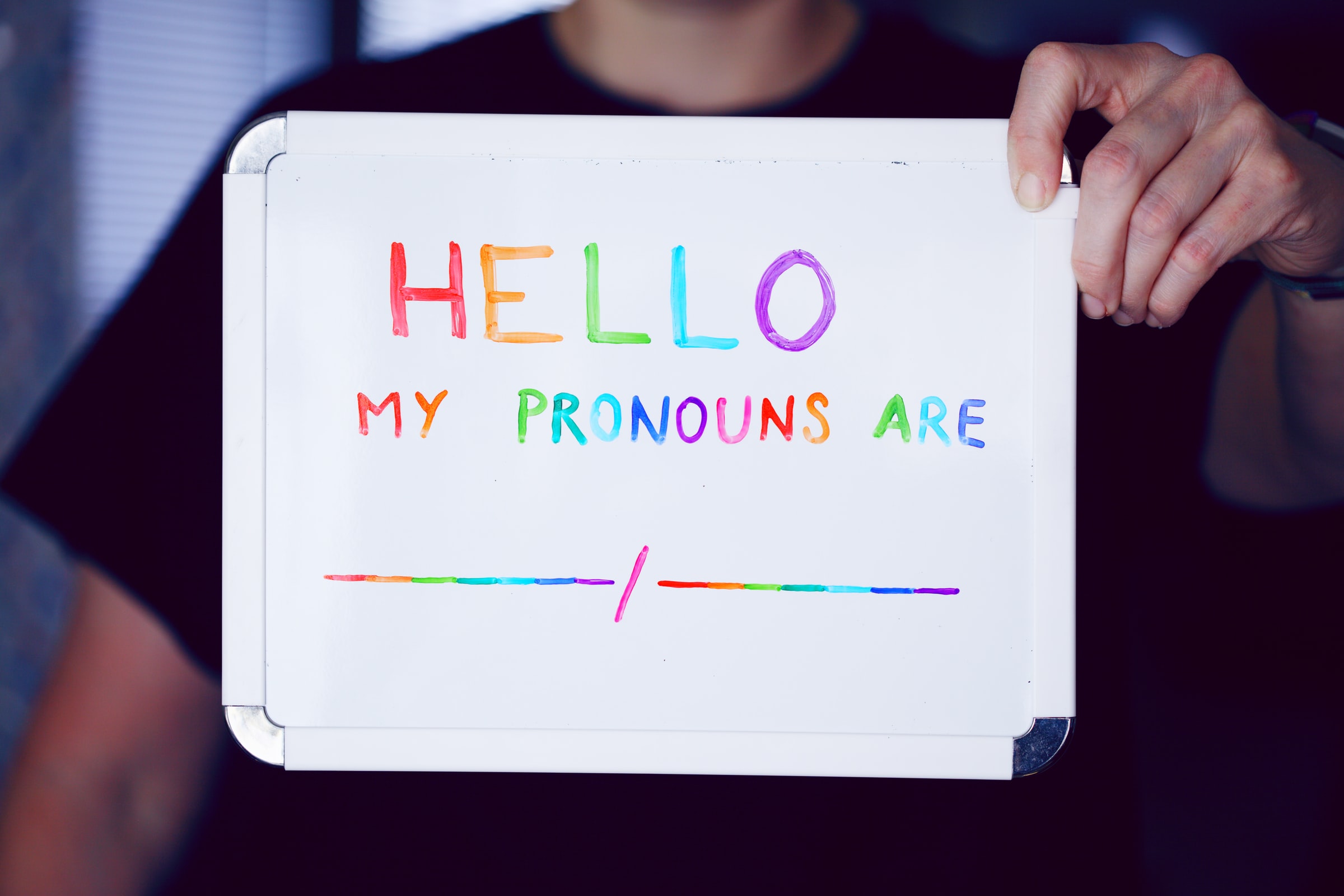
3 Things Everyone Ought To Know About Gender Dysphoria
If you are cis or straight, you have most likely never experienced gender dysphoria. As a queer, non-binary person of color, I struggled a lot with my gender identity because I couldn’t relate and fit in the binary of male and female. Trans and non-binary people are the main demography of the population that deals with gender dysphoria.
Let’s be honest, this binary is a complete social construct, and this is why I prefer to identify as non-binary because I don’t fit in this societal and rigid binary. So, without further ado, let’s dive further into this blog and learn some of the things everyone should know about gender dysphoria.
1. What is it?

Gender dysphoria refers to the feelings of discomfort and distress a person experiences when their assigned gender does not match their gender identity. People who suffer from gender dysphoria may feel uncomfortable and anxious because of the conflict between the gender markers of their physical body and what they feel and think about themselves. They may also experience feelings of helplessness or discomfort with the expected traditional gender roles of their assigned sex.
The effects of gender dysphoria can vary from person to person. These feelings of conflict can affect their self-image and behavior for some people. A person with gender dysphoria may address the discomfort by changing her gender expression, gender presentation, or gender assignment compared to the sex she was assigned at birth. She may also change her physical appearance. Children with gender dysphoria may express their desire to belong to the opposite sex and insist on clothing, hairstyles, and toys typically associated with the opposite sex.
2. Symptoms
Symptoms of gender dysphoria may include a strong sense of helplessness or discomfort about the assigned gender. Some signs that someone is suffering from gender dysphoria include:
- Preference for cross-sex roles.
- A desire to be treated like the opposite sex.
- A marked rejection of toys, games and other items typically associated with the gender they were assigned at birth.
- Wearing clothing that is usually associated with the opposite sex.
- A desire to no longer has the primary sex characteristics of the sex assigned at birth.
- The desire to have the primary and secondary sex characteristics of the preferred gender identity.
- Emphasizing that they have a gender other than the one assigned to them at birth.
People with gender dysphoria may often express their desire to be of the opposite sex. They are often uncomfortable with the gender roles and expressions of their birth sex. This may manifest in behaviors such as dressing in the preferred gender, playing with toys typically associated with the opposite sex, and rejecting many gender-stereotypical behaviors.
Gender dysphoria is not tied to a person’s sexual orientation. Individuals suffering from gender dysphoria may be heterosexual, homosexual, lesbian, or bisexual. People who experience gender dysphoria may also be gender-nonconforming or transgender. However, it is essential to recognize that not all transgender or gender non-conforming people suffer from gender dysphoria.
3. Treatment

Treatment for gender dysphoria is highly individualized and based on each person’s particular needs. It usually focuses on helping individuals explore their gender identity by allowing them to express their gender in ways that match their inner sense of gender. This may include dressing in a way that matches their gender identity, using different names and pronouns, or taking medical steps to change their body.
Medical options
Some people with gender dysphoria prefer more comprehensive treatment with cross-gender hormones and gender reassignment medical procedures. Treatment may include physical changes to help align a person’s outward appearance with their internal or given gender identity.
Hormone therapy and surgery are two of the main ways to accomplish this. But again, treatment must be tailored to the individual’s needs and goals. Some people may want to achieve a complete transformation to the gender they identify with. Others may only want to minimize secondary sex characteristics, such as facial hair or breasts, that do not match their gender identity.
It is important to remember that while gender reassignment surgery is an option, not all people with gender dysphoria choose it. Surgery is expensive and is not usually covered by health insurance, and not everyone wants to undergo complete gender reassignment. It can also help some people, while others may choose to change their outward gender expression and dress to match their inner sense of gender identity.
Masculinizing and feminizing hormones can sometimes help relieve or resolve feelings of gender dysphoria or at least help with it. Such hormones can have side effects, which include changes in one’s libido and the potential for manic, psychotic, or hypomanic symptoms in people with an underlying psychiatric illness.
However, some people who cannot take any of these steps may experience increased psychological problems, including anxiety and depression. In such cases, psychotherapy can help individuals feel more comfortable expressing their inner sense of gender and improve psychological well-being.
Psychotherapy

Some people simply want counseling to help them feel more comfortable with their feelings, reaffirm their identity, and cope with or relieve anxiety. Family or relationship counseling can help partners, parents, and other family members better understand what their loved one is going through. This can help individuals gain more social and peer support and create a more positive environment. The goal of psychotherapy is to help people feel more fulfilled and improve their quality of life by reducing feelings of dysphoria. This is sometimes achieved through:
- Building a support network
- Exploring gender identity and expression.
- Improving relationships
- Learning ways to cope with stress
- Practicing self-acceptance
- Making decisions about transition options
Therapy can also be beneficial and can reduce feelings of dysphoria and improve their quality of life and well-being at every other stage of the process.
Sound off in the comments section below and tell us what you want to read next and if you want to read more about gender dysphoria.
You May Also Like

Vaccinations In France
2022-08-03
The Paradox of Time Travel
2022-12-14



One Comment
Pingback: